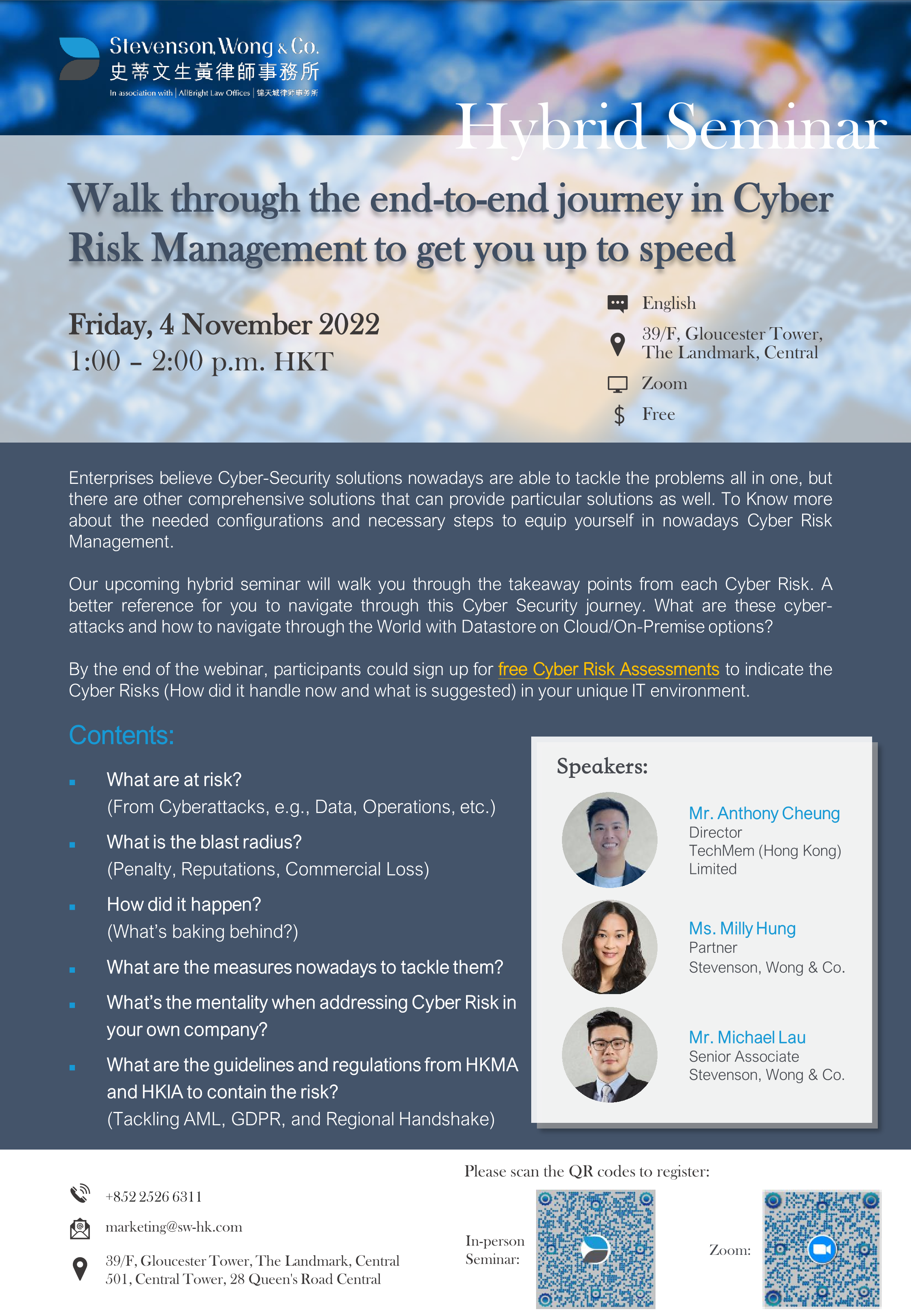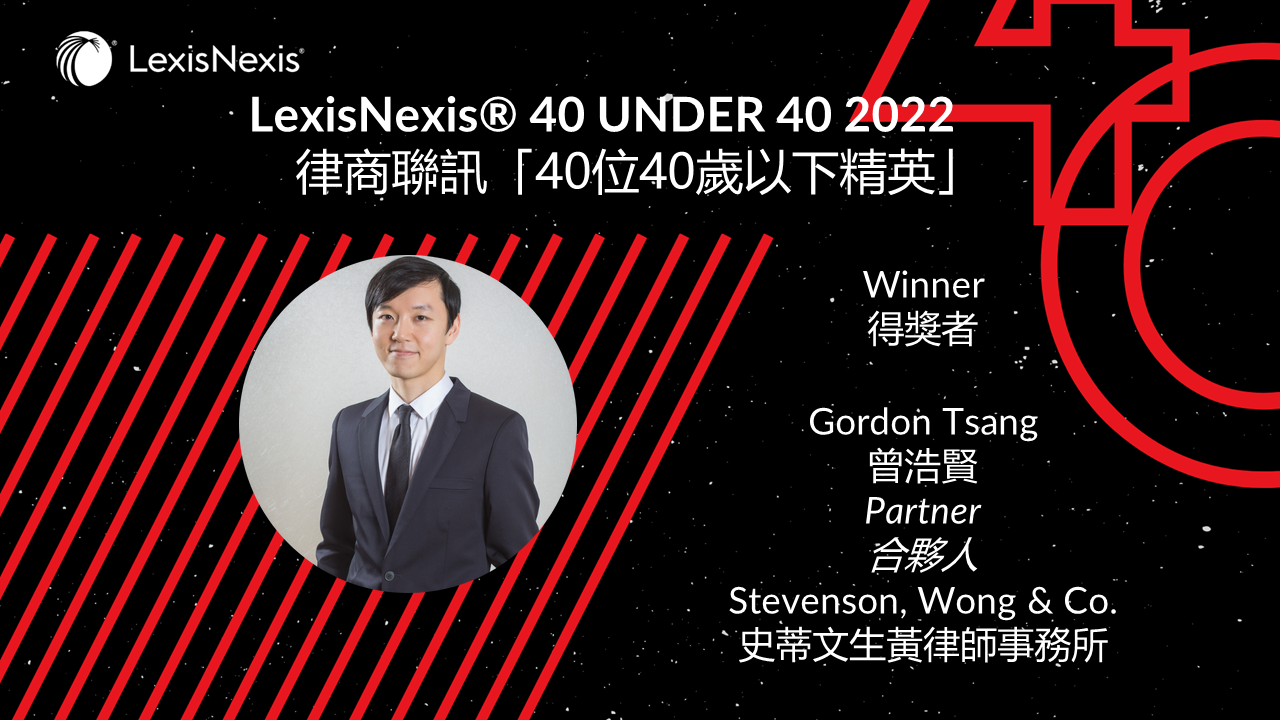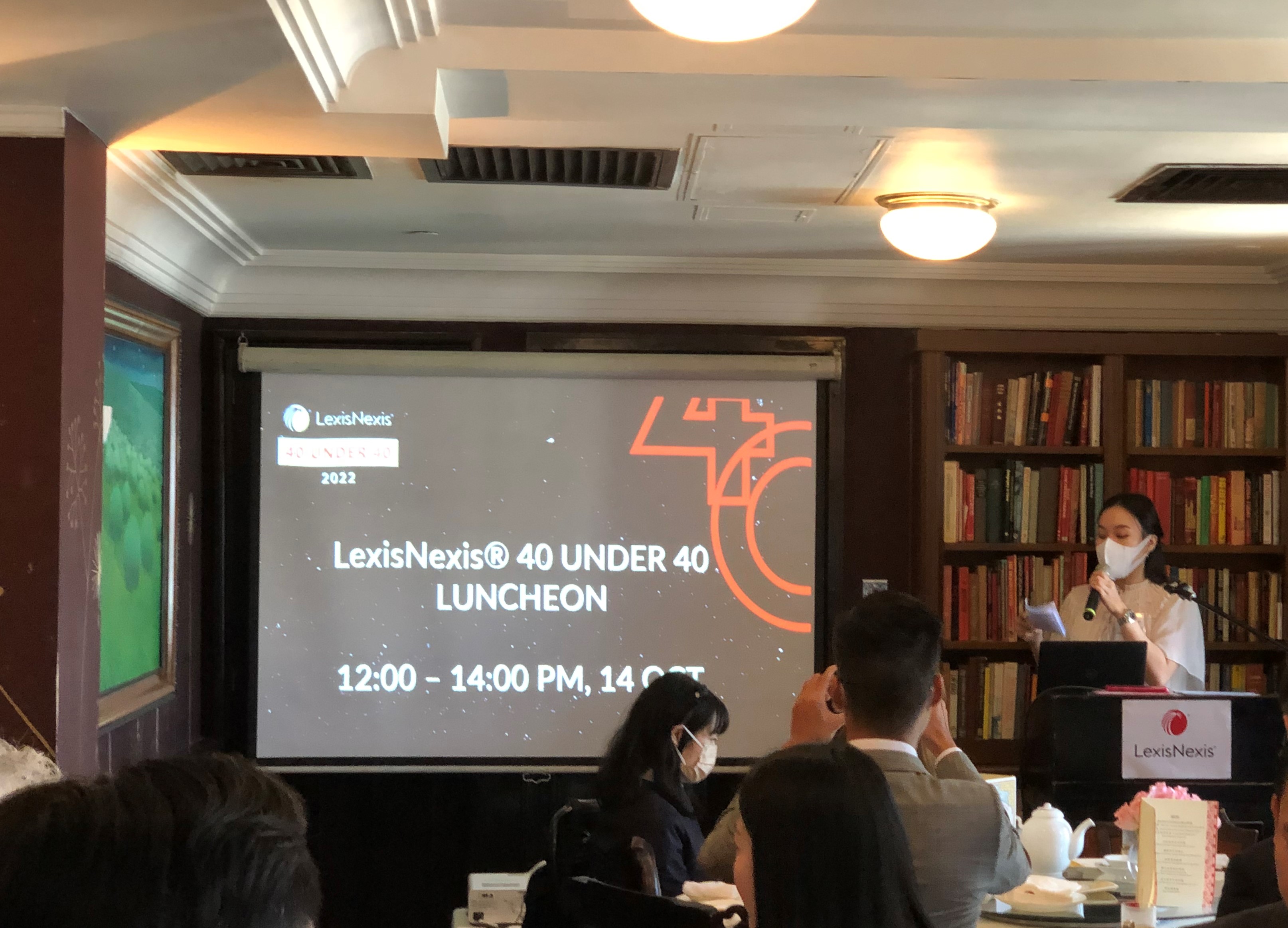Introduction
On 19 October 2022, The Stock Exchange of Hong Kong Limited (the “Exchange”) published a consultation paper on the proposed amendments to the Rules Governing the Listing of Securities on The Stock Exchange of Hong Kong Limited (the “Listing Rules”) in relation to a Listing Regime for Specialist Technology Companies (the “Consultation Paper”). In particular, the Exchange seeks to create a new Chapter 18C to govern the listing of Specialist Technology Companies, taking into consideration of the high growth potential of Specialist Technology Companies (“STCs”).1 The Exchange is seeking market feedback on its proposals by 18 December 2022.
Definition of “Specialist Technology Companies”
A broad definition is adopted so as to reserve the Exchange’s flexibility to publish and update the guidance letter as specialist technology industries (“Specialist Technology Industries”) evolve over time. STC is proposed to be defined as “a company primarily engaged (whether directly or through its subsidiaries) in the research and development of, and the commercialisation and/or sales of, specialist technology products within an acceptable sector of a Specialist Technology Industry”.2
A non-exhaustive list of Specialist Technology Industries and acceptable sectors will be published and updated from time to time. The proposed industries are set out as follows:3
(i) Next-generation information technology;
(ii) Advanced hardware;
(iii) Advanced materials;
(iv) New energy and environmental protection; and
(v) New food and agriculture technologies.
The Exchange proposes not to limit eligible applicants to those with “leading-edge” technologies. This aligns with the stakeholders’ view that the success of a STC is often attributable to the successful commercialisation of the core technology rather than the innovativeness of the technology itself. Moreover, companies with multiple business segments are included in the proposed listing regime for STCs, provided that they are “primarily engaged” in the relevant business (as referred to in the definition of STC).4
Background Issues
The Exchange recognises the necessity to regulate STCs since they pose particular regulatory issues:5
| Difficulty in reaching a consensus on valuation |
|
| Absence of a Competent Authority |
|
| Viability of a product or service |
|
| Failure to successfully commercialise |
|
| Reliance on external funding |
|
Categorisation into Commercial and Pre-Commercial Companies
The Exchange proposes that STCs will be categorised into “Commercial” and “Pre-Commercial” companies, with revenue threshold as a “bright line” test. 6
“Commercial Companies” are those that have achieved meaningful commercialisation of their Specialist Technology Products and achieved a minimum revenue of HK$250 million in the most recent audited financial year, and are also expected to demonstrate year-on-year growth of revenue from the Specialist Technology Business. 7 Pre-Commercial companies will be subject to more stringent requirements as stated below. 8
Requirements
The below table sets out a comparison of the key requirements for Commercial Companies and Pre-Commercial Companies to be eligible for listing as set out in the Consultation Paper: 9
| Commercial Companies | Pre-Commercial Companies | ||||||||||||||||
|---|---|---|---|---|---|---|---|---|---|---|---|---|---|---|---|---|---|
Qualifications for Listing |
|||||||||||||||||
| Expected market Capitalisation |
At least HK$8 billion at the time of listing | Qualifications for Listing At least HK$15 billion at the time of listing |
|||||||||||||||
| Revenue Threshold | At least HK$250 million arising from the company’s Specialist Technology business segment(s) for the most recent audited financial year | No requirement | |||||||||||||||
| Research and Development (R&D) | Engaged in R&D for at least three financial years | ||||||||||||||||
| R&D investment constitutes at least 15% of total operating expenditure for each of the three financial years prior to listing | R&D investment constitutes at least 50% of total operating expenditure for each of the three financial years prior to listing | ||||||||||||||||
| Operational track record | At least three financial years of operation under substantially the same management prior to listing | ||||||||||||||||
| Third-party investment | Definition of Sophisticated Independent Investors (“SIIs”):
(a) must not be a core connected person of the listing applicant (excluding a person being connected only by virtue of being a substantial shareholder); and (b) must be a sophisticated investor who meets any of the indicative size thresholds or qualification requirement Minimum investment requirements: |
||||||||||||||||
|
|
||||||||||||||||
IPO Requirements |
|||||||||||||||||
| More robust price discovery process |
|
||||||||||||||||
| Requirements on free float and offer size |
|
||||||||||||||||
| Disclosure requirements |
|
||||||||||||||||
Post-IPO Requirements |
|||||||||||||||||
| Post-IPO lock-up |
(a) controlling shareholders of the listing applicant; (b) key persons including founders, any weighted voting rights (“WVR”) beneficiaries, executive directors and senior management, and key personnel responsible for the technical operations and/or R&D; and (c) Pathfinder SIIs. |
||||||||||||||||
| Continuing obligations for Pre-Commercial Companies (until achieving the Commercialisation Revenue Threshold) |
Not applicable |
|
|||||||||||||||
Analysis and Takeaways
Since 2018, the Exchange has been active in implementing listing reforms, which range from permitting the listing of pre-revenue biotech companies, the listing of WVR Issuers that are considered innovative, to the creation of a new concessionary secondary listing route for overseas issuers listed on a qualifying exchange.
However, it is considered that Hong Kong still lags behind the US and Mainland China in terms of the number and market capitalisation of STCs (or their equivalent), which was explained by (i) the difficulty of Pre-Commercial Companies to meet the profit, revenue or cash flow requirements of the Exchange’s Main Board eligibility tests; and (ii) that Commercial Companies are often not able to meet the Main Board tests. It is therefore crucial to develop a listing regime which is friendlier to STCs since there is a strong appetite among investors to invest in these companies due to their high growth potential, 10 which in turn increase the competitiveness of the Hong Kong market and promote Hong Kong as a fundraising and technology hub of the Greater Bay Area.
Please contact our Mr. Rodney Teoh (Partner) and our Calvin KW Lo (Paralegal (pending admission)) for any enquiries or further information.
This news update is for information purposes only. Its content does not constitute legal advice and should not be treated as such. Stevenson, Wong & Co. will not be liable to you in respect of any special, indirect or consequential loss or damage arising from or in connection with any decision made, action or inaction taken in reliance on the information set out herein.
1 Consultation Paper, appendix IV, at IV-4
2 Consultation Paper p. 29
3 Consultation Paper p. 30
4 Consultation Paper p. 32
5 Consultation Paper pp. 3 to 4
6 Consultation Paper p. 34
7 Consultation Paper pp. 4, 39 to 40
8 Consultation Paper p. 35
9 Consultation Paper pp. 5-10
10 Consultation Paper pp. 2-3


